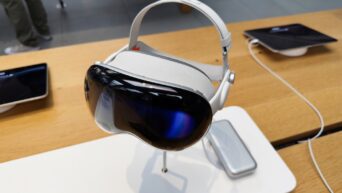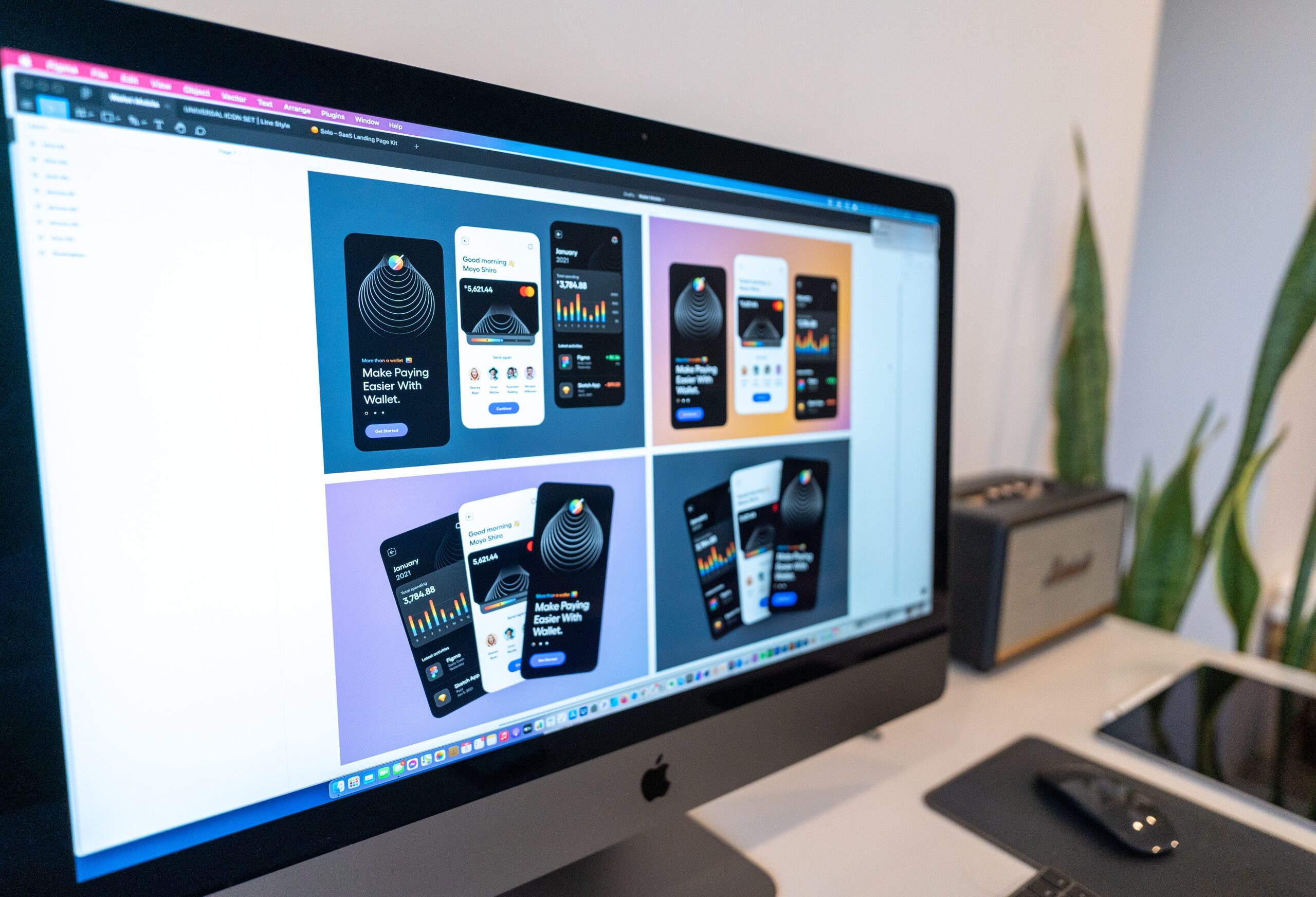The field of graphic design has undergone a transformative shift in recent years with the integration of artificial intelligence (AI) tools. These powerful technologies have revolutionized the creative process, enabling designers to streamline workflows, enhance productivity, and explore new possibilities.
Generating Design Ideas
One of the most exciting applications of AI in graphic design is its ability to generate design ideas and inspiration. AI-powered tools, such as design suggestion platforms and style transfer algorithms, can analyze vast amounts of visual data and propose unique design concepts. By inputting specific requirements and preferences, designers can quickly access many creative options, saving time and sparking new ideas.
Image Editing and Retouching
AI-powered image editing tools have dramatically transformed how graphic designers work with visual content. These tools utilize machine learning algorithms to perform tasks such as background removal, object recognition, and image enhancement. They can save designers significant time and effort, allowing them to refine and retouch images with precision quickly.
👨🎨 To draw an idea, a concept, designers use all kinds of tools, to draw the perfect line, to find the balance that will improve the product and the life of the users.#Legrand #Designbylegrand #Design pic.twitter.com/BB4Dbj1UUt
— Legrand (@Legrand) April 13, 2023
Color Palette Generation
Creating harmonious color palettes can be a challenging task for designers. AI-powered color palette generators can simplify this process by providing intelligent color suggestions based on design requirements. These tools consider color theory, trends, and the emotional impact of different hues, empowering designers to make informed decisions and achieve the desired visual impact in their designs.
Design Feedback and Collaboration
AI tools can facilitate seamless collaboration among design teams by providing automated feedback and evaluation. These tools can analyze designs, provide suggestions for improvement, and evaluate design effectiveness based on predefined metrics. This feedback loop enhances collaboration, helps designers refine their work, and encourages continuous growth and improvement.
AI tools have become indispensable assets for graphic designers, empowering them to explore new creative horizons and streamline their workflows.

































